Analysis of Battery Safety Test Standards for Robots
With the continuous development of robot technology, the battery used by robots as its important energy source has also attracted much attention. In order to ensure the safety and reliability of robot batteries, a series of safety testing standards have been formulated. This article will deeply discuss the common safety test standards and their significance of batteries used for robots.
I. UN38.3 standard:
UN38.3 standard is a lithium battery transportation test standard formulated by the International Civil Aviation Organization (ICAO) and the International Maritime Organization (IMO), which is applicable to the safety test during the transportation of robot batteries. The test contents include external short circuit, overcharge, overdischarge, vibration, shock, high temperature and other tests, aiming at ensuring that the lithium battery will not have safety problems during transportation.
II. Standard IEC62133:
the IEC62133 standard was issued by the International Electrotechnical Commission (IEC). Lithium battery the safety test standard is applicable to the safety test during the production and sales of robot batteries. This standard includes the appearance inspection, electrical performance test, thermal cycle test, short circuit test and other contents of the battery, aiming at ensuring that the lithium battery will not have safety problems under normal use.
III. IEC62619 standards:
the IEC62619 standard is a safety standard for Rechargeable Energy Systems (ESS) issued by the International Electrotechnical Commission (IEC), which is applicable to the safety testing of robot battery systems. This standard includes the design safety of battery system, charge and discharge control of battery, overcharge protection, overdischarge protection, overcurrent protection, etc, it aims to ensure that the battery system can be kept safe and reliable under various usage conditions.
IV. GB/T 31485-2015 standard:GB/T 31485-2015 is the standard for testing the combustion and explosion performance of lithium ion batteries issued by China National Standardization Management Committee, which is suitable for testing the combustion and explosion performance of robot batteries. This standard includes battery impact test, short circuit test, high temp test, overcharge test and other contents, aiming at ensuring that the battery will not burn or explode under extreme circumstances.
5. UL2580 standard:
the UL2580 standard is a safety standard for electric vehicle battery systems issued by UL, a US safety certification agency, and is applicable to the safety testing of robot battery systems. This standard includes short circuit test, temperature test, vibration test, impact test and other contents of the battery, aiming at ensuring that the battery system can maintain safety and reliability under various extreme conditions.
The battery safety test standard for robots covers all aspects of battery transportation, production, sales and use, aiming at ensuring that the battery can maintain safety and reliability under various circumstances. Following these safety test standards can effectively prevent the safety problems that may occur during the use of batteries and ensure the normal operation of robots and the safety of personnel.
 Dongguan Juneng New Energy Technology Co., Ltd.
Dongguan Juneng New Energy Technology Co., Ltd.
 137 5142 6524(Miss Gao)
137 5142 6524(Miss Gao)
 susiegao@power-ing.com
susiegao@power-ing.com
 Xinghuiyuan High tech Industrial Park, Dalang Town, Dongguan City, Guangdong Province
Xinghuiyuan High tech Industrial Park, Dalang Town, Dongguan City, Guangdong Province


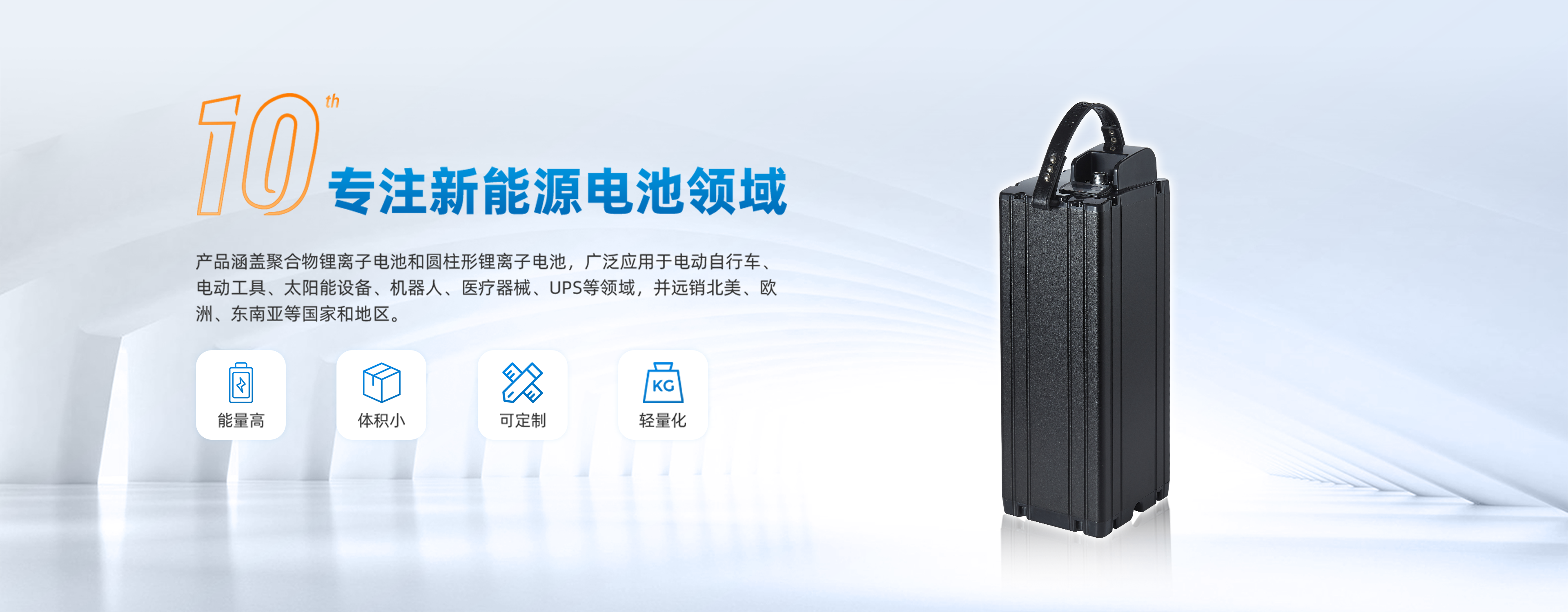
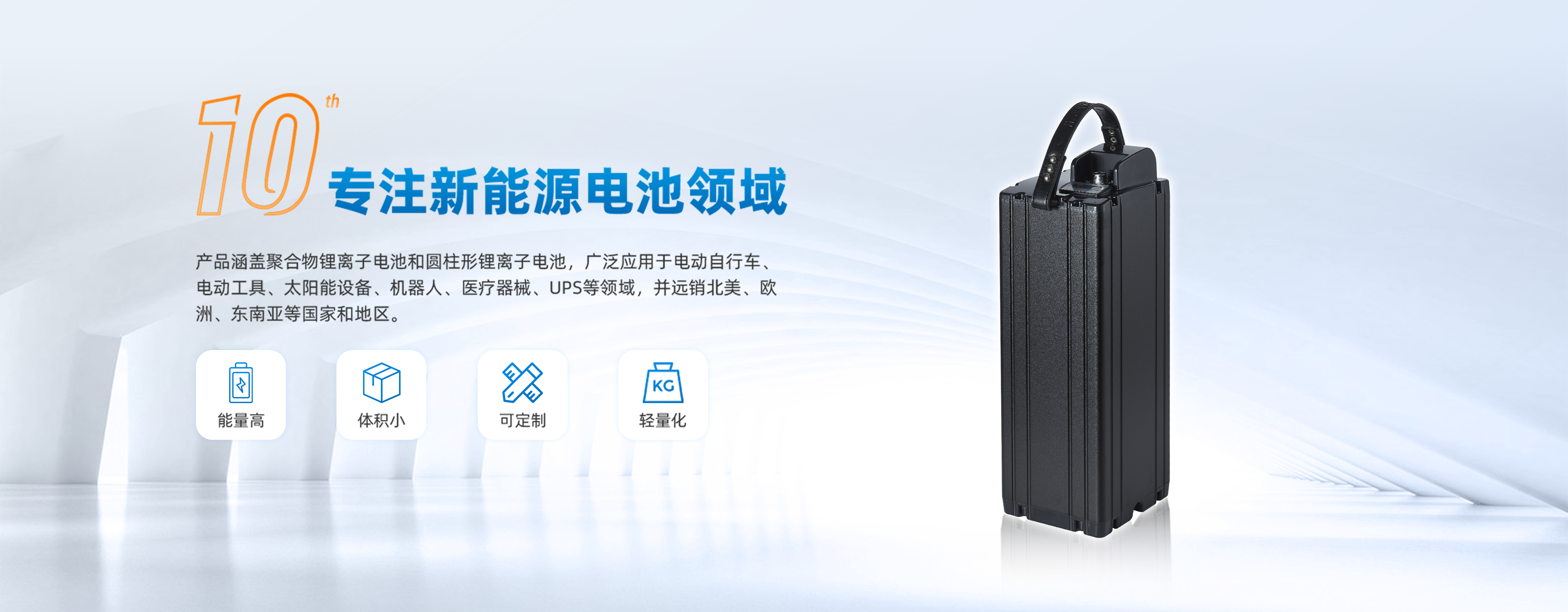
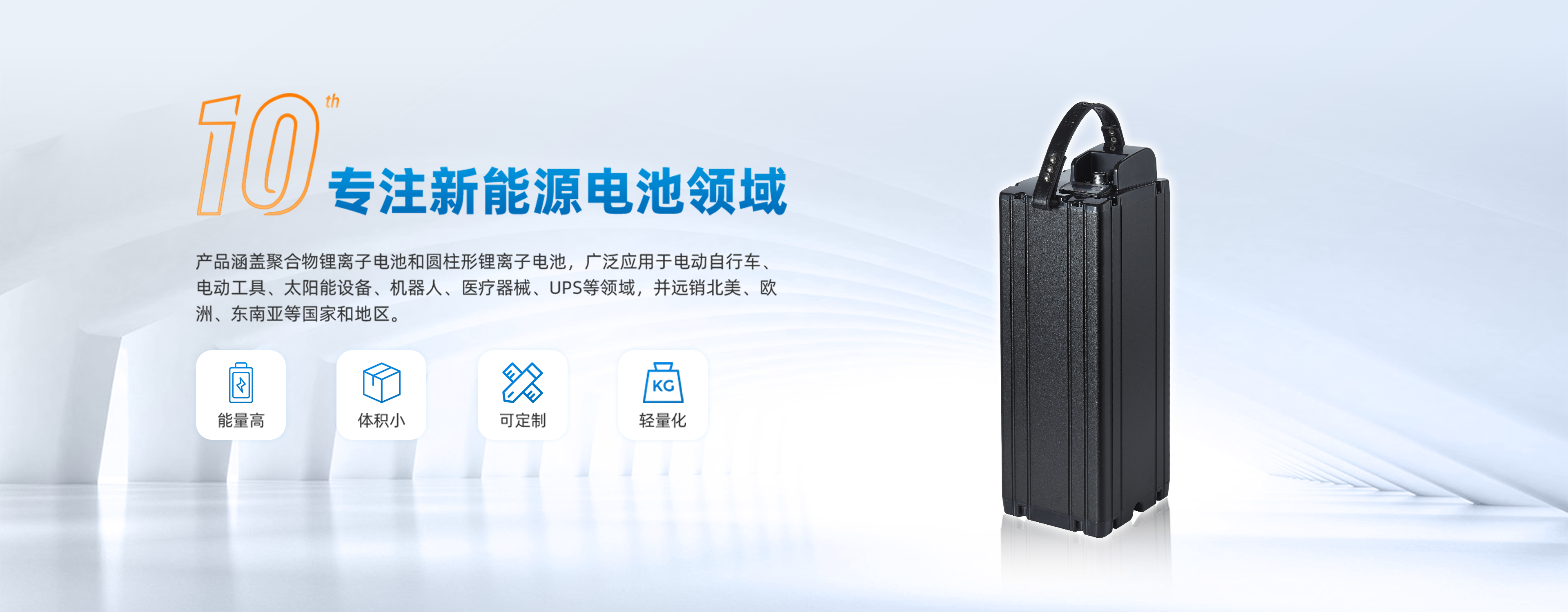



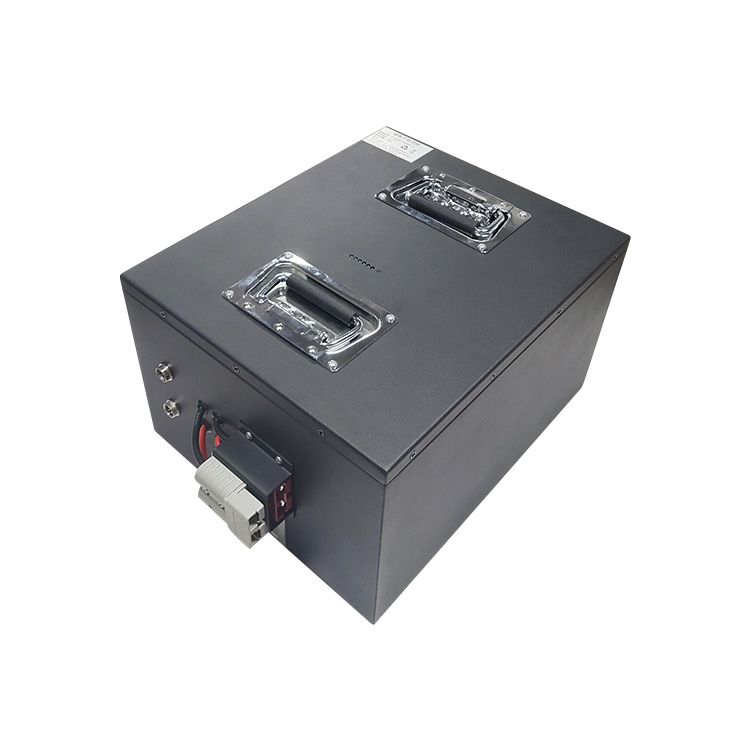


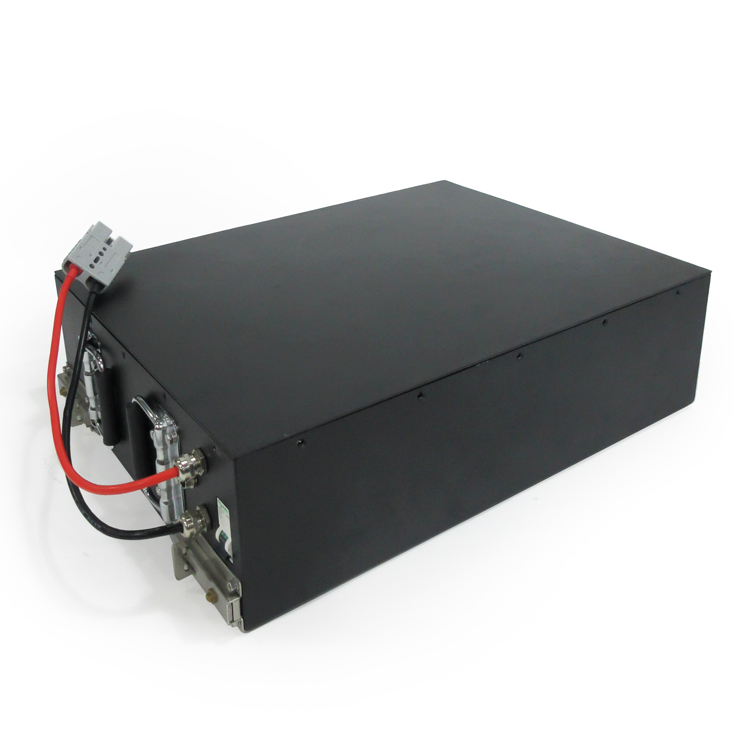

 Yue Gong Wang An Bei No. 4419002007491
Yue Gong Wang An Bei No. 4419002007491